Don't wanna be here? Send us removal request.
Text

The discovery of the statue of Antinous in Delphi, Greece in 1894
62K notes
·
View notes
Photo

Afternoon Dress, ca. 1924
Nemser
via Mint Museum
445 notes
·
View notes
Text
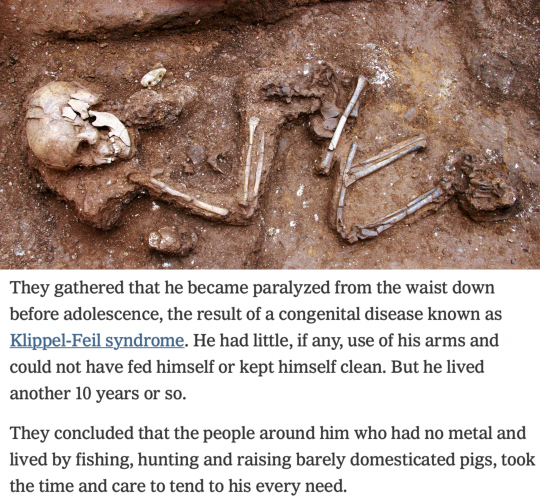
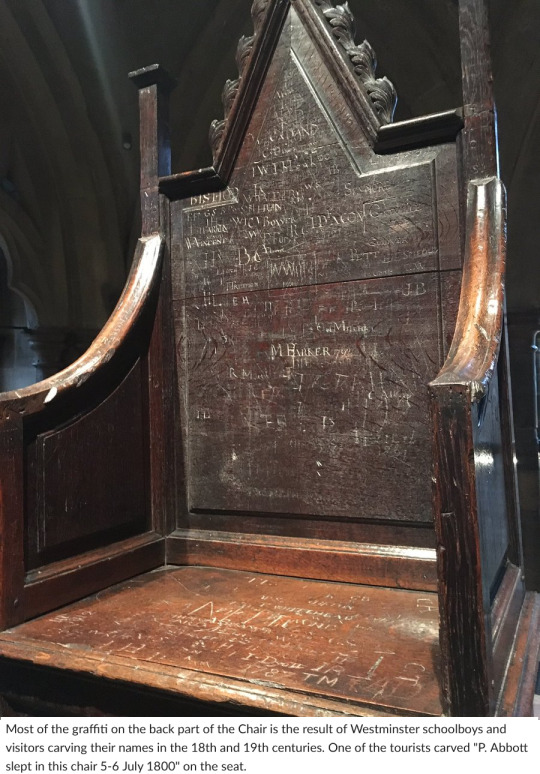
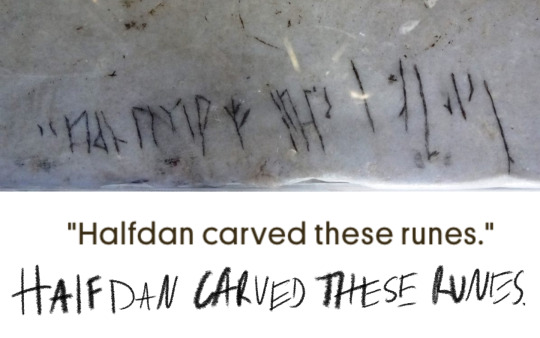





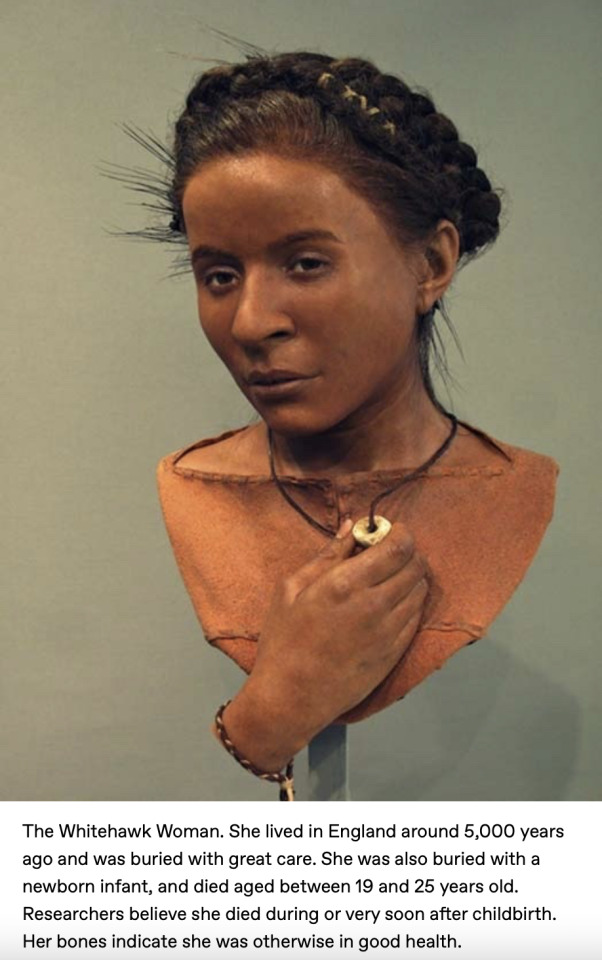
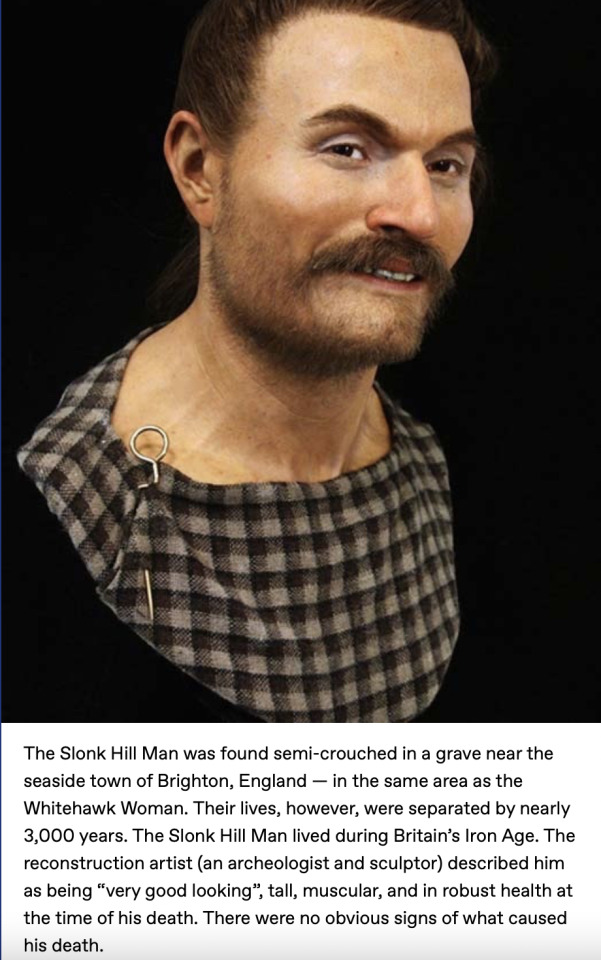

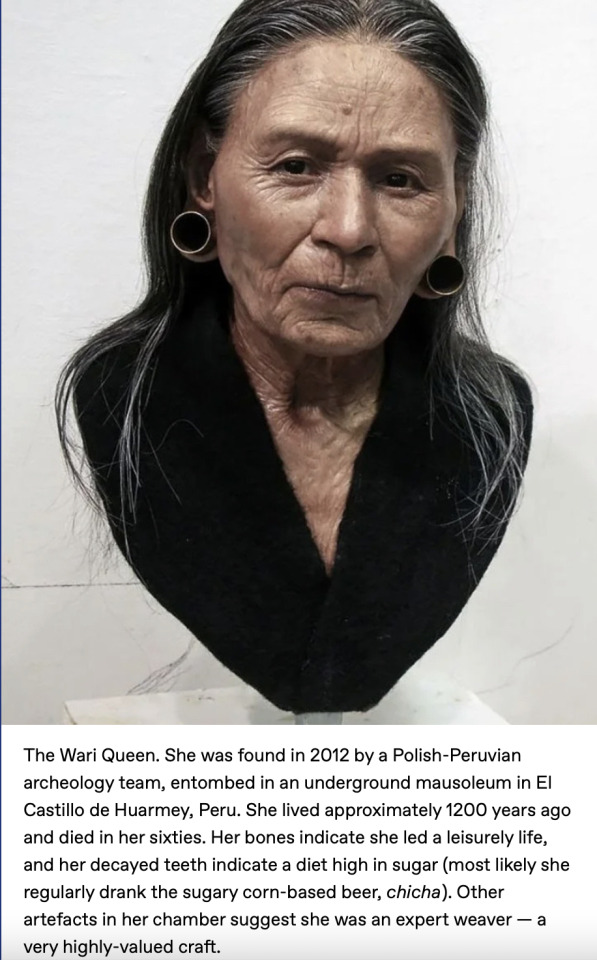


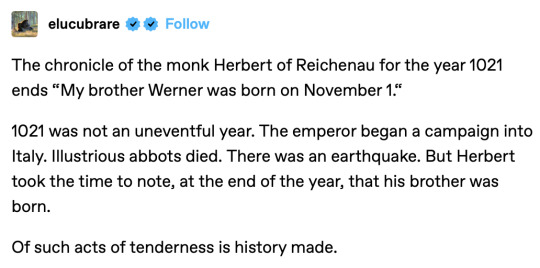

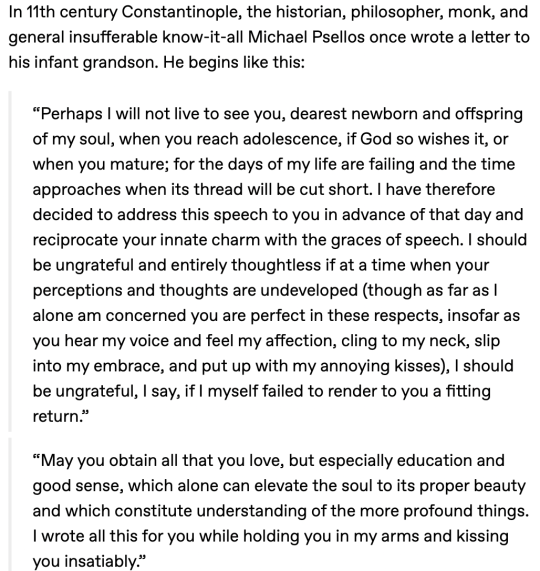


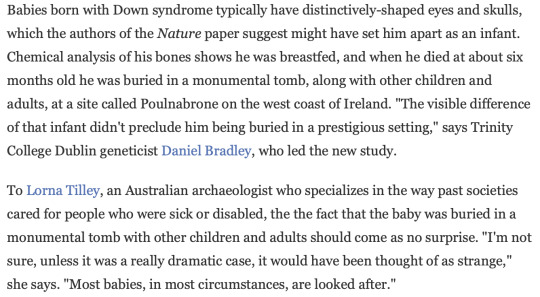





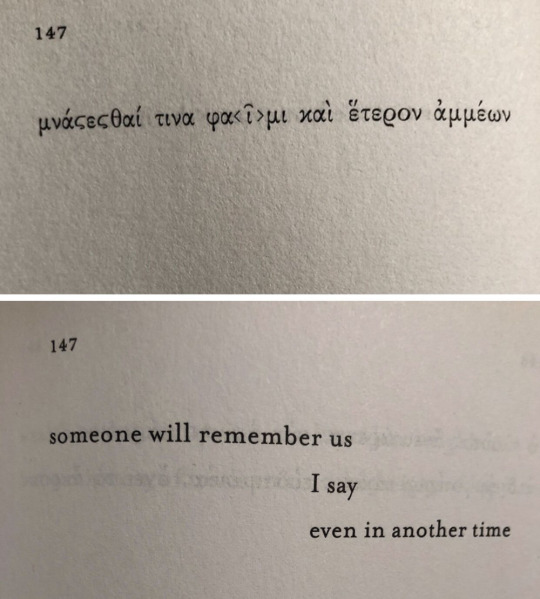
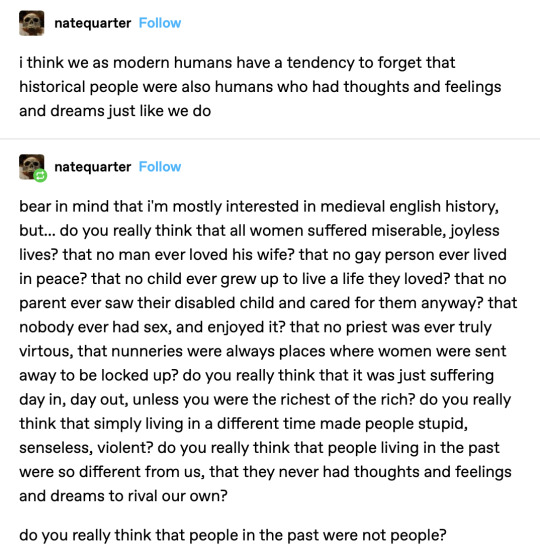

I have a folder called Time is a Flat Circle in which I collect evidence of humanity. Here is most of them.
178K notes
·
View notes
Text
I was meeting a client at a famous museum’s lounge for lunch (fancy, I know) and had an hour to kill afterwards so I joined the first random docent tour I could find. The woman who took us around was a great-grandmother from the Bronx “back when that was nothing to brag about” and she was doing a talk on alternative mediums within art.
What I thought that meant: telling us about unique sculpture materials and paint mixtures.
What that actually meant: an 84yo woman gingerly holding a beautifully beaded and embroidered dress (apparently from Ukraine and at least 200 years old) and, with tears in her eyes, showing how each individual thread was spun by hand and weaved into place on a cottage floor loom, with bright blue silk embroidery thread and hand-blown beads intricately piercing the work of other labor for days upon days, as the labor of a dozen talented people came together to make something so beautiful for a village girl’s wedding day.
What it also meant: in 1948, a young girl lived in a cramped tenement-like third floor apartment in Manhattan, with a father who had just joined them after not having been allowed to escape through Poland with his pregnant wife nine years earlier. She sits in her father’s lap and watches with wide, quiet eyes as her mother’s deft hands fly across fabric with bright blue silk thread (echoing hands from over a century years earlier). Thread that her mother had salvaged from white embroidery scraps at the tailor’s shop where she worked and spent the last few days carefully dying in the kitchen sink and drying on the roof.
The dress is in the traditional Hungarian fashion and is folded across her mother’s lap: her mother doesn’t had a pattern, but she doesn’t need one to make her daughter’s dress for the fifth grade dance. The dress would end up differing significantly from the pure white, petticoated first communion dresses worn by her daughter’s majority-Catholic classmates, but the young girl would love it all the more for its uniqueness and bright blue thread.
And now, that same young girl (and maybe also the villager from 19th century Ukraine) stands in front of us, trying not to clutch the old fabric too hard as her voice shakes with the emotion of all the love and humanity that is poured into the labor of art. The village girl and the girl in the Bronx were very different people: different centuries, different religions, different ages, and different continents. But the love in the stitches and beads on their dresses was the same. And she tells us that when we look at the labor of art, we don’t just see the work to create that piece - we see the labor of our own creations and the creations of others for us, and the value in something so seemingly frivolous.
But, maybe more importantly, she says that we only admire this piece in a museum because it happened to survive the love of the wearer and those who owned it afterwards, but there have been quite literally billions of small, quiet works of art in billions of small, quiet homes all over the world, for millennia. That your grandmother’s quilt is used as a picnic blanket just as Van Gogh’s works hung in his poor friends’ hallways. That your father’s hand-painted model plane sets are displayed in your parents’ livingroom as Grecian vases are displayed in museums. That your older sister’s engineering drawings in a steady, fine-lined hand are akin to Da Vinci’s scribbles of flying machines.
I don’t think there’s any dramatic conclusions to be drawn from these thoughts - they’ve been echoed by thousands of other people across the centuries. However, if you ever feel bad for spending all of your time sewing, knitting, drawing, building lego sets, or whatever else - especially if you feel like you have to somehow monetize or show off your work online to justify your labor - please know that there’s an 84yo museum docent in the Bronx who would cry simply at the thought of you spending so much effort to quietly create something that’s beautiful to you.
35K notes
·
View notes
Text
Tell me you know nothing about history without telling me you know nothing about history

53K notes
·
View notes
Text









Ada Limón, "Accident Report in the Tall, Tall Weeds" // SouthFloridaReporter.com // Wikipedia, "Baking Powder" // Caroline McCaughey (AARP), "8 Big Inventions Inspired by Love" // Wikipedia, "Band-Aid" // Jim Walsh, "What's the love story behind Pepperidge Farm Goldfish crackers?" // NYFA, "The History of Drive-In Movie Theaters" // Caroline McCaughey, ibid. // Sarah Ruhl, The Clean House
5K notes
·
View notes
Text
why are skirts inherently evil and oppressive in historical fiction until men are wearing them
I've never heard anyone going on at length about how Universally ImpracticalTM the garb of a Scotsman or an ancient Roman politician are
suddenly everyone has a concept of situational practicality that previously was not there
2K notes
·
View notes
Text
@fatphobiabusters
@fuckyeahfatpositive
💜
29K notes
·
View notes
Text
Oh look, a little place where my knowledge of historical clothing, the 1812 era, and love of the Aubreyad overlap!
I once made a medieval support garment that is very much like a sports bra. (Video about it here: https://youtu.be/z-SccVaG4w4?si=lx7g_t6bQeqUThbN)
In the early 19th century, before elastic, they used teeny metal springs!
There are already examples of corsetry/stays in the time period using these springs for bust support.
I am a woman of large bust, and found the plain linen medieval support shift to be quite supportive enough for vigorous activity. I've also done manual labor in a variety of corsetry, including regency corsets. The most restrictive part of a corset from the Aubreyad era is actually the wooden busk down the front; do away with that and you can easily have a comfortable, supportive garment of one or more layers with lacing for adjustable sizing, using the springs for stretch if you want (but it wouldn't be necessary).
All this to say...the lesbians are historically accurate as written, even without having to bend the rules of when things are invented!
Too tired to draw this after work last night but hold in your head the image of woman Stef Maturin braiding woman Jack Aubrey’s hair (she’s still a navy captain and she’s in a rush to dress for something so she needs to multitask) while Jack is lacing up her own linen sports bra* and explaining the principle behind the garment to Maturin, whom Jack misjudges as not knowing much since she is truly way too small to have ever needed to think about support. Anyway, Jack is going on about adaptations to life aboard. Compact furniture, bars across your bookshelf, etc. “You can’t have things swinging around all silly on a ship. I also need to be strapped down.” And Maturin’s thought bubble just says STRAP?** and she blushes and swats her thought bubble away with her hand.
———————
* The entirety of gendered history has happened differently, so in this world, they already invented the sports bra, it’s primarily linen, and they have maybe also already figured out how to vulcanize rubber fifty years early for elastics. In our world, the first sports bra will be invented in 1977 by sewing two jockstraps. Incidentally, I don’t think the Roman strophium looks supportive enough to count as a sports bra, though it is a bralike garment.
** this would have been made of leather in the ancient world, and perhaps the one she is picturing is too, but like I said, we are giving them the vulcanization of rubber 50 years early. But not silicone. We can’t get TOO crazy with our Regency-equivalent era materials science.
72 notes
·
View notes
Text

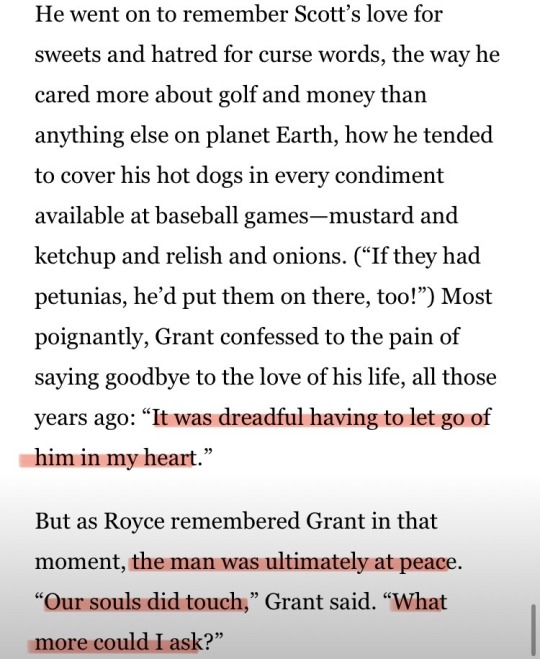
Vanity Fair article about Cary Grant and Randolph Scott you will be the death of me
2K notes
·
View notes
Photo



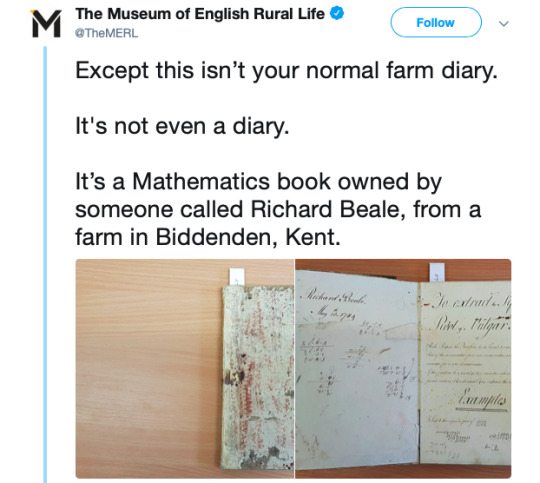






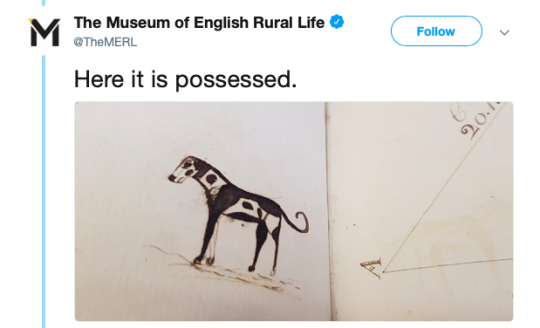
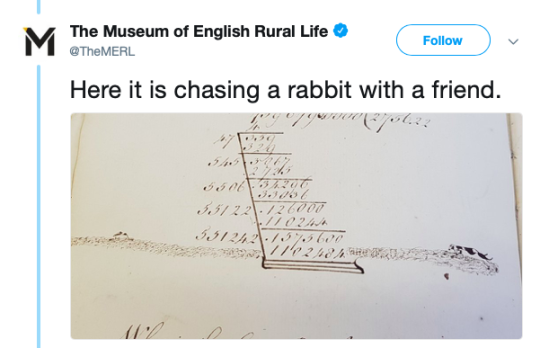
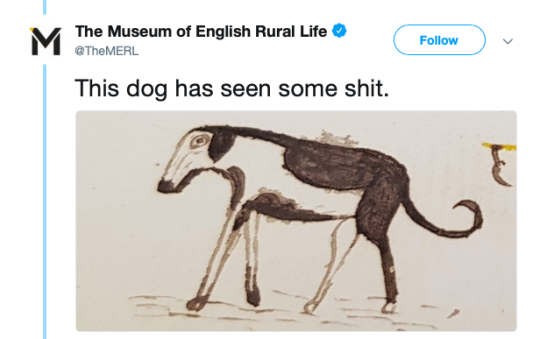




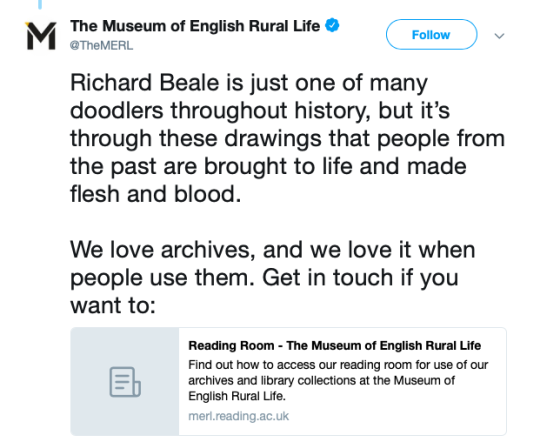
Link / Link
#people have always been people#and have always wanted to know#how would a chicken wear pants#people have always loved their pets#and put pants on them apparently
260K notes
·
View notes
Text
every now and then i have to think of the roman family from two thousand years ago that buried their little daughter in a boy’s athletic-themed sarcophagus and i weep a little because that’s the softest declaration of love i can possibly imagine
101K notes
·
View notes
Text
medieval peasant who has arrived back home after visiting the 21st century: no seriously, you could buy a jar of black peppercorns for the same price as a few loaves of bread. You could get a sack of sugar for even cheaper.
His sister: Bertram, did you wander into a fairy circle again
medieval peasant who has arrived back home after visiting the 21st century: speaking of bread, it cost less to buy a soft white loaf than it did to buy a coarse brown loaf. Brown bread was like a status symbol for them.
His sister: Bertram that’s the dumbest thing I’ve ever heard
medieval peasant who has arrived back home after visiting the 21st century: THEY WIPE THEIR ASSES WITH PAPER! WITH PAPER!
11K notes
·
View notes
Photo
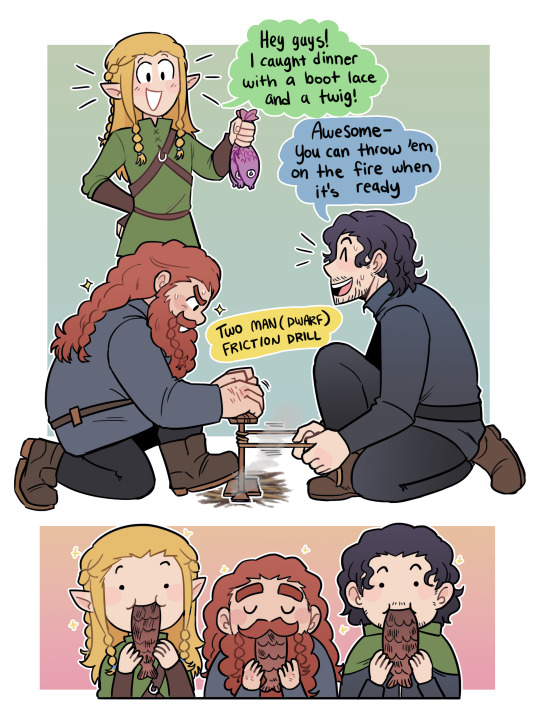

more three hunters stuff cuz i love them
9K notes
·
View notes
Text
The haunting ancient Celtic carnyx being played for an audience. This is the sound Roman soldiers would have heard their Celtic enemies make.
99K notes
·
View notes
Text
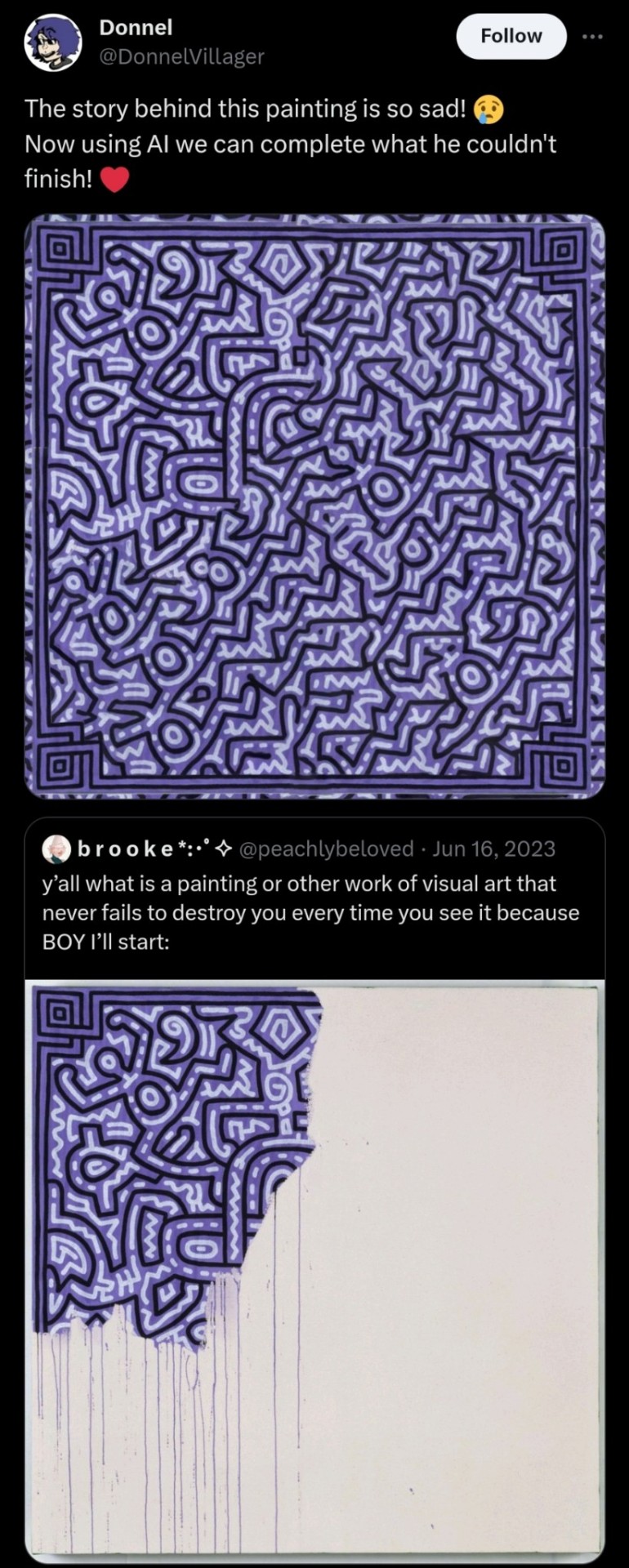
Rage. In my heart. All-consuming. FUCK AI.
82K notes
·
View notes
Text
"[dark academia tiktoker voice] emotionally, i'm in a 1940s boarding school and i've just fallen in love with a tall blonde boy [...]" in 1940s europe you're not going to no boarding school you're going to the FRONT for the last push to Berlin, you're sheltering from AIR RAIDS with entire families inside of the subway network, and once it's over your ass is queuing for FOOD RATION TICKETS and helping pick the RUBBLE off the STREETS. drop that fake british accent POSER 😭😭 don't they got ''academia'' in ''dark academia''. don't you people learn about WWII.
142 notes
·
View notes